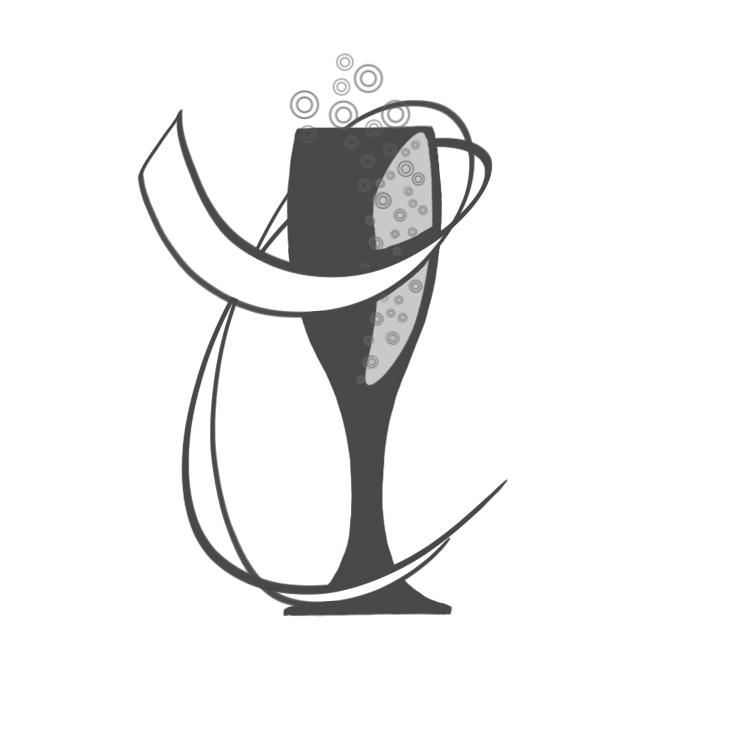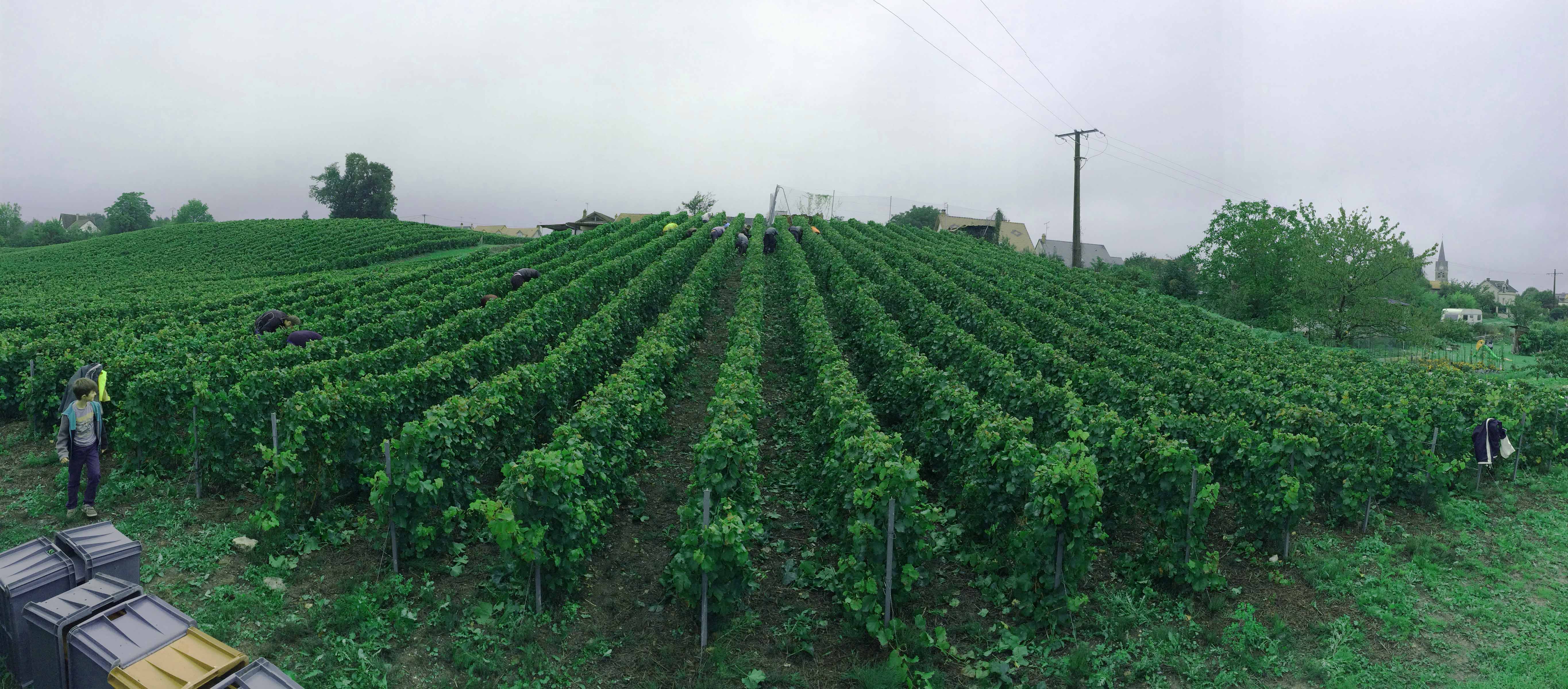From the vine to sparkling wine by the traditional method
The culture
The vineyard is maintained all year round.
After the winter pruning, we proceed among other things to the trellising and to various protections against the diseases in spring and at the beginning of summer.
The grape harvest
The harvest takes place every year in September. It depends on the maturity of the grapes, and in particular on their sugar concentration.
The pressing
The pressing takes place at the time of the harvest.
The setting in tank
Once the grapes are pressed, the juice is put directly into vats.
The fermentation
The alcoholic fermentation takes place in vats. The sugar is transformed into alcohol, thanks to the action of yeasts. This reaction is accompanied by the release of carbon dioxide. The vats are not completely filled to prevent them from overflowing.
The blending
In consultation with our oenologist, a blend of our cuvée is made. About 10% of reserve wine is used in our Saint Marcoul white wine.The filtration
Aseptic filtration is carried out to stabilize the wine.
Drawing or bottling
The bottling takes place in the spring of the year following the harvest. We prepare our Saint Marcoul by adding a leaven which will absorb the sugar and then release carbon dioxide. This gas, trapped in the bottle, will produce the "prise de mousse".
The bottles are closed with capsules of pulling. Then, they are wetted in the cellar, i.e. lying horizontally on wooden slats. Within a month, the still wine will be transformed into sparkling wine. Then, the aging on slats will allow the wine to improve. The fermentation in the bottle and the aging allows the development of secondary aromas.
It is only nine months later that the first bottles will be ready for tasting and sale.
Riddling
The purpose of riddling is to make the deposit slide into the neck of the bottle. For several days, the bottles undergo multiple manipulations on desks. They are regularly turned by an eighth of a turn and are progressively raised to the vertical. We also use automation for this operation. A gyro-pallet replaces the human hand.
Disgorging
Disgorging consists of removing the cap in order to expel the deposit (yeast added at the time of bottling) from the bottle.
The end of the neck is immersed in brine (very salty water) at -25 degrees. An ice cube forms in the neck and traps the deposit. The deposit is ejected by the pressure when the cap is removed. A shipping liqueur is added. After this dosage of liquor, the cork is finally placed. The cork is maintained on the bottle by a muselet to make it resist to the gas pressure.
The dressing of the Cuvée Saint Marcoul
Finally, the Saint Marcoul is dressed and ready to be tasted after a few more months of rest... Legend has it that it too has beneficial properties... But one thing is certain, you have to taste it to appreciate it!
It is a law of 1927 that defines, even today, the geographical criteria for the attribution of the AOC Champagne. Since March 13, 2008, an extension of the delimitation has allowed forty communes, designated by a committee of experts, to access the prestigious appellation. The Champagne vineyards now cover 33,000 hectares and extend over the departments of Aisne, Marne, Aube and Haute-Marne.






